CAD2CAM4PCB: Bridging the Gap Between Design and Manufacturing
One of the key topics discussed at the seminar was how CAD2CAM4PCB solutions are bridging the gap between PCB design and manufacturing. Traditionally, there has been a disconnect between the CAD design phase and the CAM manufacturing phase, leading to inefficiencies and potential errors.
Benefits of Integrated CAD2CAM4PCB Workflows
By implementing integrated CAD2CAM4PCB workflows, companies can:
- Reduce design to manufacturing time
- Minimize errors and rework
- Improve collaboration between design and manufacturing teams
- Increase overall product quality and reliability
The speakers at the seminar provided real-world examples and case studies demonstrating the tangible benefits of adopting CAD2CAM4PCB solutions.
Advanced Features of CAD2CAM4PCB Software
The seminar also showcased the advanced features of modern CAD2CAM4PCB software packages. These features include:
- Automated design rule checks (DRC)
- 3D visualization and simulation
- Intelligent component placement and routing
- Manufacturing process optimization
- Seamless data exchange between CAD and CAM systems
Comparison of Leading CAD2CAM4PCB Software
To help attendees make informed decisions, the seminar included a comparison of some of the leading CAD2CAM4PCB software solutions on the market. The table below summarizes the key features and capabilities of each software package:
| Software | DRC | 3D Visualization | Intelligent Placement | Process Optimization | Data Exchange |
|---|---|---|---|---|---|
| Software A | ✓ | ✓ | ✓ | ✓ | ✓ |
| Software B | ✓ | ✓ | ✓ | ✗ | ✓ |
| Software C | ✓ | ✗ | ✓ | ✓ | ✓ |
| Software D | ✓ | ✓ | ✗ | ✓ | ✗ |
Implementing CAD2CAM4PCB in Your Organization
For companies looking to implement CAD2CAM4PCB solutions, the seminar provided valuable insights and guidance. The speakers emphasized the importance of:
- Defining clear goals and objectives
- Assessing current design and manufacturing processes
- Selecting the right software and hardware tools
- Providing adequate training and support for team members
- Continuously monitoring and optimizing the CAD2CAM4PCB workflow
By following these best practices, organizations can successfully adopt CAD2CAM4PCB solutions and realize the full benefits of an integrated design to manufacturing workflow.
Real-World Success Stories
The seminar featured several real-world success stories from companies that have successfully implemented CAD2CAM4PCB solutions. One notable example was Company X, a leading electronics manufacturer that reduced its design to manufacturing time by 30% and improved overall product quality by 25% after adopting a CAD2CAM4PCB workflow.
Another success story came from Company Y, a smaller PCB design firm that was able to compete with larger rivals by leveraging the advanced features of CAD2CAM4PCB software to streamline its design process and deliver high-quality designs to clients in record time.

The Future of CAD2CAM4PCB
Looking ahead, the seminar highlighted some of the emerging trends and technologies that are shaping the future of CAD2CAM4PCB. These include:
- Artificial intelligence and machine learning
- Cloud-based collaboration and data management
- Additive manufacturing and 3D printing
- Augmented and virtual reality for design visualization
- Internet of Things (IoT) and smart connected devices
As these technologies continue to evolve and mature, they will undoubtedly have a significant impact on the CAD2CAM4PCB landscape, enabling even greater efficiencies, innovation, and business value.
Preparing for the Future
To stay ahead of the curve, the speakers recommended that organizations:
- Stay up-to-date with the latest CAD2CAM4PCB technologies and trends
- Invest in ongoing training and education for their design and manufacturing teams
- Foster a culture of innovation and continuous improvement
- Collaborate with industry partners and experts to share knowledge and best practices
- Embrace change and be willing to adapt to new ways of working
By taking a proactive approach to the future of CAD2CAM4PCB, companies can position themselves for success in an increasingly competitive and dynamic market.
Frequently Asked Questions (FAQ)
-
What is CAD2CAM4PCB?
CAD2CAM4PCB refers to the integrated workflow that connects computer-aided design (CAD) tools with Computer-Aided Manufacturing (CAM) processes specifically for the design and production of printed circuit boards (PCBs). -
Why is CAD2CAM4PCB important?
CAD2CAM4PCB is important because it helps bridge the gap between PCB design and manufacturing, enabling faster time-to-market, fewer errors, and improved product quality. -
What are some of the key features of CAD2CAM4PCB software?
Key features of CAD2CAM4PCB software include automated design rule checks, 3D visualization, intelligent component placement and routing, manufacturing process optimization, and seamless data exchange between CAD and CAM systems. -
How can organizations successfully implement CAD2CAM4PCB solutions?
To successfully implement CAD2CAM4PCB solutions, organizations should define clear goals, assess current processes, select the right tools, provide training and support, and continuously monitor and optimize their workflows. -
What are some of the emerging trends in CAD2CAM4PCB?
Emerging trends in CAD2CAM4PCB include artificial intelligence and machine learning, cloud-based collaboration, additive manufacturing, augmented and virtual reality, and the Internet of Things (IoT).
Conclusion
The CAD2CAM4PCB seminar provided valuable insights, best practices, and real-world examples that demonstrated the power and potential of integrated design to manufacturing workflows for PCBs. As the electronics industry continues to evolve and innovate, CAD2CAM4PCB solutions will play an increasingly critical role in enabling companies to deliver high-quality products to market faster and more efficiently.
By embracing the latest technologies, investing in their people and processes, and fostering a culture of innovation, organizations can unlock the full value of CAD2CAM4PCB and position themselves for success in the years ahead.
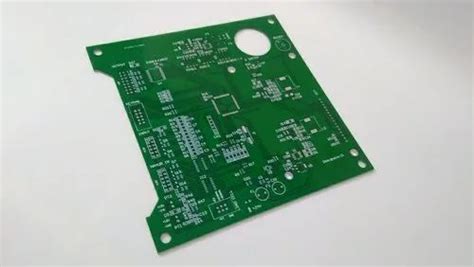
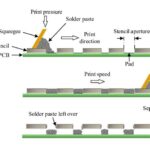
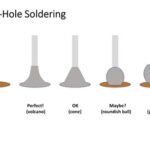
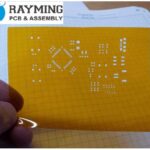
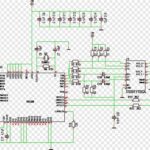
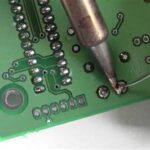
Leave a Reply